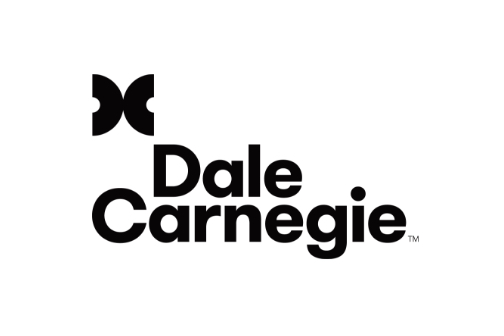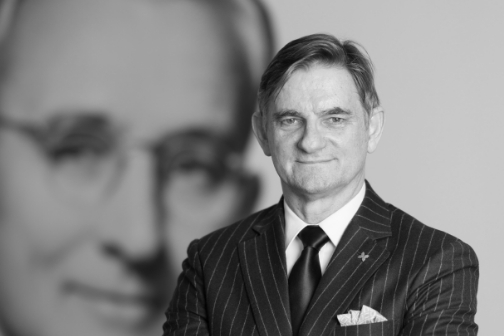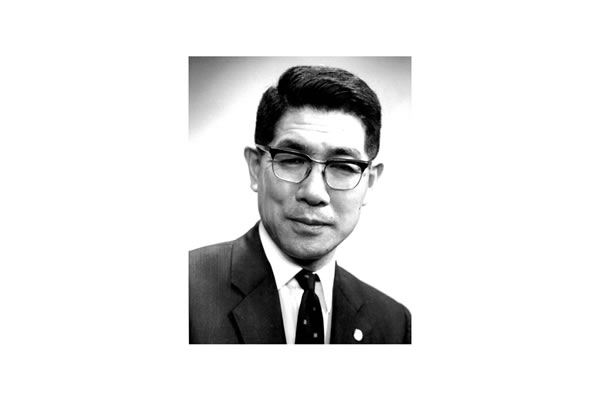How the Dale Carnegie Course Began – 1912 to Today’s Global Impact
❓ What is the origin of the Dale Carnegie Course?
In 1912, Dale Carnegie launched his first public speaking class at the YMCA in New York. What began as a single experiment in practical learning has become one of the world’s most influential training programs, now operating in 100+ countries including Japan.
Key Achievements
FAQ
Q1. Why was the Dale Carnegie Course first created?
A1. At the turn of the 20th century, employees had few options for practical training. Carnegie discovered a powerful methodology that focused on immediate application, confidence, and human relations.
Q2. How did the course expand outside New York?
A2. From YMCA classes in 1912, Carnegie rented offices, trained instructors, and by the 1920s was expanding to other U.S. cities. In the 1940s, licensing allowed global expansion, with Japan joining in 1963.
Q3. Is the Dale Carnegie Course still relevant today?
A3. Yes. In a digital era where human connection is fading, the course remains vital — teaching confidence, persuasion, and people skills that drive leadership success.
👉 From one YMCA classroom to a global network, the Dale Carnegie Course continues to transform professionals and organizations in Tokyo and worldwide.
The Dale Carnegie Course began in 1912 when Dale Carnegie, then teaching public speaking at the YMCA on West 125th Street in New York, ran out of prepared material during class. In desperation, he asked students to speak about their own business challenges. This accidental shift from theory to practice revealed a powerful adult learning method: experiential training.
Over the following decades, Carnegie refined the course, expanding beyond public speaking into confidence building, leadership, and human relations. By 1914, he had an office in Times Square, trained instructors, and standardized his curriculum. His 1915 book The Art of Public Speaking and the later 1936 global bestseller How to Win Friends and Influence People made his principles famous.
The course spread nationally and internationally, with a licensing system established in 1944 to expand outside New York. By the late 1940s and 1950s, thousands of professionals were benefiting from Carnegie’s practical methods. In 1963, the program came to Japan, where it has since trained generations of leaders.
Even as formats evolved — from the original nightly classes to 14-week, 12-week, and 8-week versions — the core remained: building confidence, strengthening communication, and mastering human relations. In today’s hyper-connected but emotionally disconnected digital age, these timeless skills are more critical than ever.
In 1912, Dale Carnegie launched his first public speaking class at the YMCA in New York. What began as a single experiment in practical learning has become one of the world’s most influential training programs, now operating in 100+ countries including Japan.
Key Achievements
- Founded in 1912, New York City
- First course focused on practical public speaking and confidence building
- Expanded into leadership, human relations, and persuasion
- Over 9 million graduates worldwide
- Operating in Japan since 1963, serving leading companies and individuals
- Famous alumni include Warren Buffett
FAQ
Q1. Why was the Dale Carnegie Course first created?
A1. At the turn of the 20th century, employees had few options for practical training. Carnegie discovered a powerful methodology that focused on immediate application, confidence, and human relations.
Q2. How did the course expand outside New York?
A2. From YMCA classes in 1912, Carnegie rented offices, trained instructors, and by the 1920s was expanding to other U.S. cities. In the 1940s, licensing allowed global expansion, with Japan joining in 1963.
Q3. Is the Dale Carnegie Course still relevant today?
A3. Yes. In a digital era where human connection is fading, the course remains vital — teaching confidence, persuasion, and people skills that drive leadership success.
👉 From one YMCA classroom to a global network, the Dale Carnegie Course continues to transform professionals and organizations in Tokyo and worldwide.
The Dale Carnegie Course began in 1912 when Dale Carnegie, then teaching public speaking at the YMCA on West 125th Street in New York, ran out of prepared material during class. In desperation, he asked students to speak about their own business challenges. This accidental shift from theory to practice revealed a powerful adult learning method: experiential training.
Over the following decades, Carnegie refined the course, expanding beyond public speaking into confidence building, leadership, and human relations. By 1914, he had an office in Times Square, trained instructors, and standardized his curriculum. His 1915 book The Art of Public Speaking and the later 1936 global bestseller How to Win Friends and Influence People made his principles famous.
The course spread nationally and internationally, with a licensing system established in 1944 to expand outside New York. By the late 1940s and 1950s, thousands of professionals were benefiting from Carnegie’s practical methods. In 1963, the program came to Japan, where it has since trained generations of leaders.
Even as formats evolved — from the original nightly classes to 14-week, 12-week, and 8-week versions — the core remained: building confidence, strengthening communication, and mastering human relations. In today’s hyper-connected but emotionally disconnected digital age, these timeless skills are more critical than ever.
Relevant Pages
Dale Carnegie Tokyo Japan sends newsletters on the latest news and valuable tips for solving business, workplace and personal challenges.

 Company Information
Company Information President’s Greeting – Why Dale Carnegie Training Still Matters in Tokyo
President’s Greeting – Why Dale Carnegie Training Still Matters in Tokyo Yukinaga “Frank” Mochizuki: Father Of Dale Carnegie Training In Japan
Yukinaga “Frank” Mochizuki: Father Of Dale Carnegie Training In Japan Dr. Greg Story – 40-Year Japan Veteran, President of Dale Carnegie Training Tokyo
Dr. Greg Story – 40-Year Japan Veteran, President of Dale Carnegie Training Tokyo